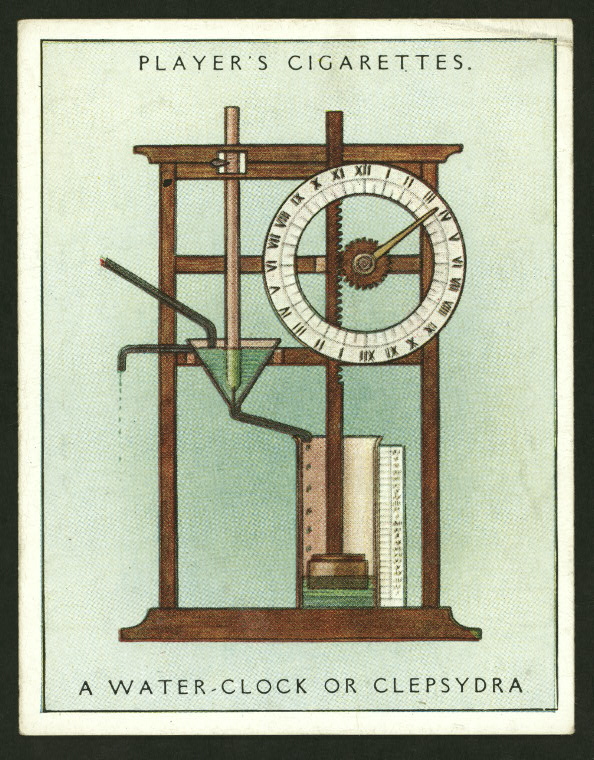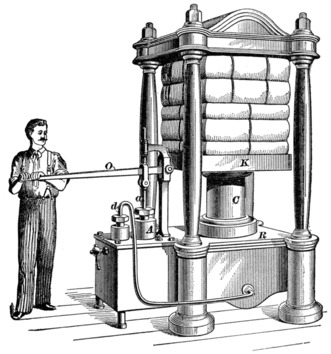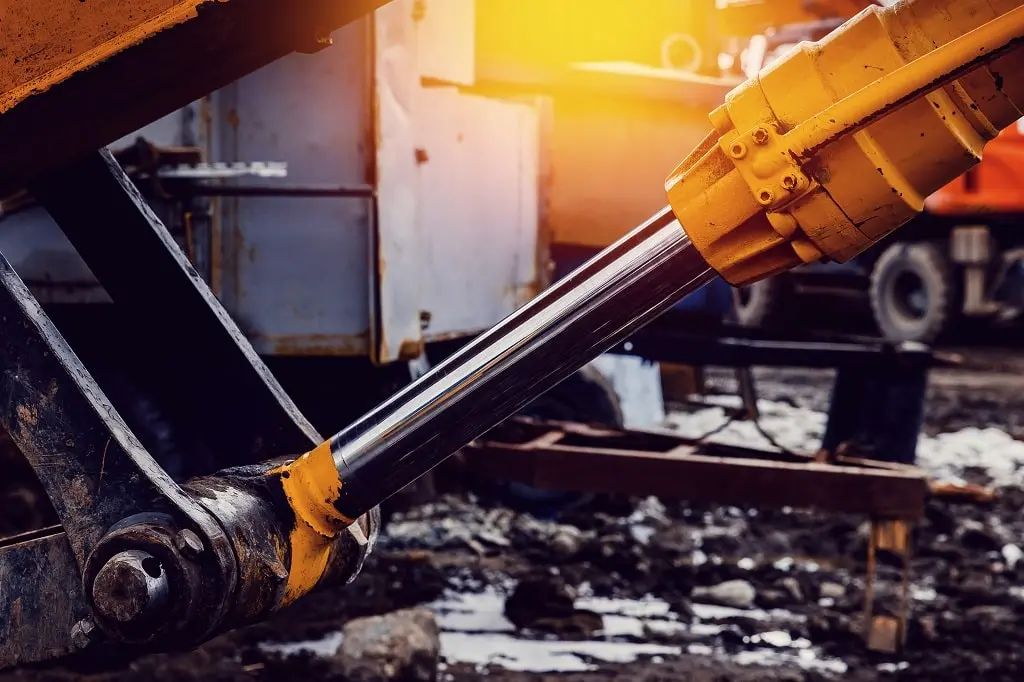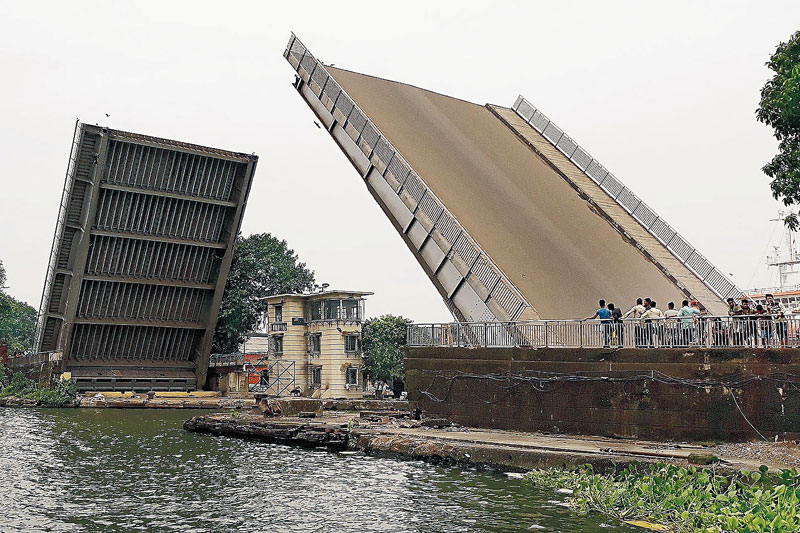Introduction
Hydraulic systems have been a significant part of human civilisation for thousands of years, with their roots in Pascal’s Law and the transmission of force through incompressible fluids. These systems, consisting of pumps, cylinders, valves, and actuators, are used in various industries like construction, manufacturing, aerospace, and transportation. It enhances productivity, efficiency, and safety in engineering and industry. The societal impact of hydraulic systems extends beyond their immediate applications, influencing labour practices, driving economic development, and shaping infrastructure projects. How? We will discuss it in the essay. However, challenges like maintenance requirements, fluid leakage, and environmental concerns persist. Despite these, ongoing research and innovation in hydraulic technology promise a new era of more efficient, sustainable, and reliable hydraulic systems. Advancements in electro-hydraulic systems, advanced hydraulic fluids, and hydraulic hybrid technologies are expected to continue the legacy of hydraulic engineering and impact on society.
Historical Background
The history of hydraulic systems dates back thousands of years, with early civilisations harnessing the power of water for various applications. One of the earliest known examples of hydraulic engineering is the invention of the water clock, or clepsydra, by the ancient Egyptians around 1500 BCE. These devices used the regulated flow of water to measure time, demonstrating an early understanding of hydraulic principles.

Another significant early application of hydraulics was in agriculture, particularly in the development of irrigation systems. Ancient civilisations such as the Mesopotamians, Egyptians, and Chinese utilised canals, aqueducts, and waterwheels to distribute water for crop irrigation, enabling more efficient agricultural practices and supporting the growth of complex societies.

The theoretical foundations of modern hydraulic principles began to emerge in the 17th century with the work of notable scientists and engineers. Blaise Pascal, a French mathematician and physicist, made groundbreaking contributions to fluid mechanics, including his discovery of Pascal’s Law in 1647. This law states that pressure exerted on a confined fluid is transmitted undiminished in all directions. Pascal’s work laid the groundwork for understanding how hydraulic systems could transmit force and energy through the use of incompressible fluids, such as water or oil. In the 18th century, British inventor Joseph Bramah further advanced hydraulic technology with his invention of the hydraulic press. Bramah’s hydraulic press, patented in 1795, used Pascal’s principles to exert immense force through the application of hydraulic pressure. This innovation revolutionised industries such as manufacturing and mining, enabling the production of larger and more intricate machinery and facilitating processes such as metal forming and extraction.

Throughout the 19th and 20th centuries, hydraulic technology continued to evolve and expand its applications across various industries. The development of hydraulic actuators, pumps, valves, and control systems allowed for the creation of more sophisticated hydraulic machinery, including hydraulic cranes, lifts, brakes, and power steering systems. Hydraulic systems also played a crucial role in the construction of infrastructure projects such as dams, bridges, and hydraulic power plants, further demonstrating their versatility and importance in modern engineering.






